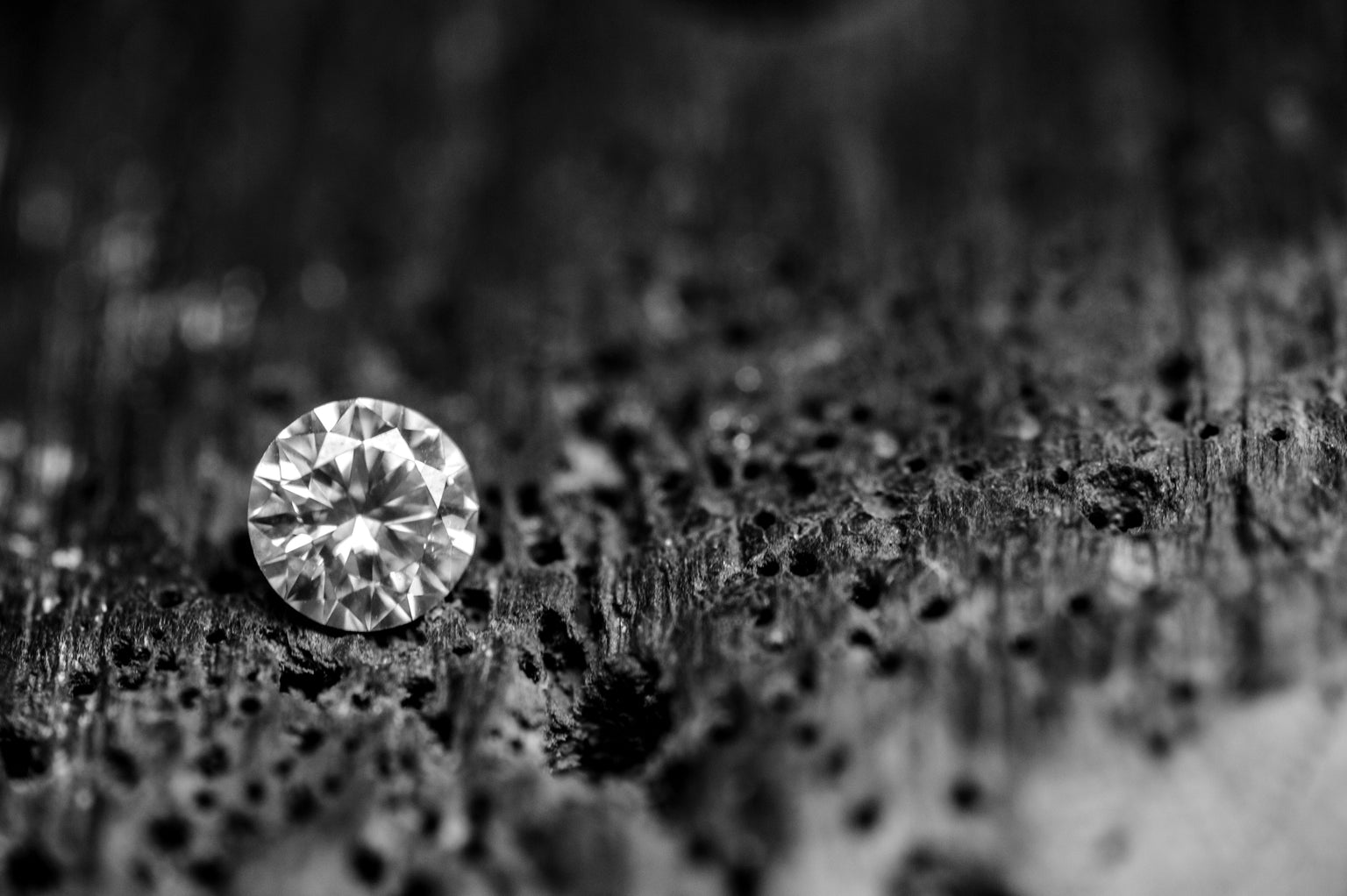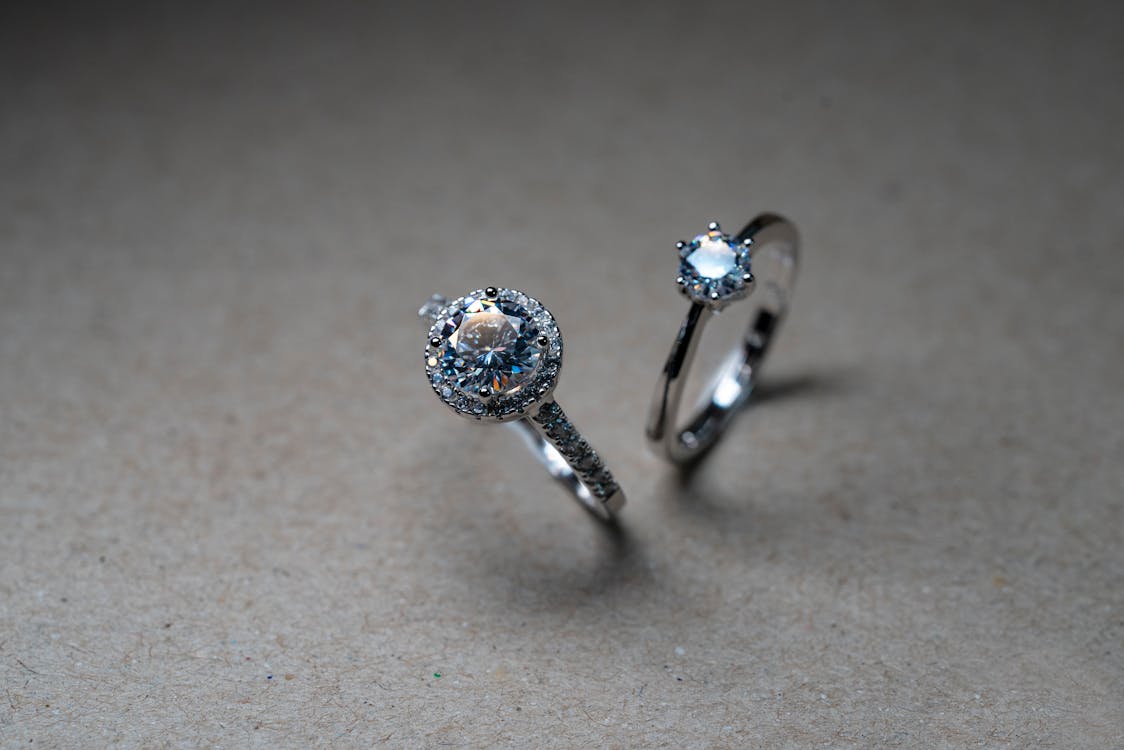Lab grown diamonds have become an increasingly popular choice among consumers looking for beautiful, high-quality, and ethically sourced diamonds. With advancements in technology and a growing awareness of sustainability, more people are turning to lab grown diamonds as an alternative to mined diamonds. This comprehensive guide will walk you through all the essential aspects of lab grown diamonds, helping you make an informed decision when purchasing your next piece of jewelry. Whether you’re looking for an engagement ring, wedding band, or simply a special piece, our lab grown diamonds guides will provide the information you need.
Table of Contents
What Are Lab Grown Diamonds?
Lab grown diamonds are diamonds that are created in a controlled laboratory environment using advanced technological processes that replicate the natural conditions under which diamonds form in the Earth. These diamonds are chemically, physically, and optically identical to natural diamonds, but the key difference is their origin. While natural diamonds take millions of years to form beneath the Earth’s surface, lab grown diamonds can be created in a matter of weeks. Lab grown diamonds guides help explain the science behind this process, which involves two primary methods: High Pressure High Temperature (HPHT) and Chemical Vapor Deposition (CVD). Both methods create diamonds with the same structural integrity and brilliance as mined diamonds.
As consumers become more conscious of the environmental and ethical implications of traditional diamond mining, lab grown diamonds have risen in popularity as an ethical and sustainable option. By choosing lab grown diamonds, you are supporting a process that does not involve the destructive mining practices associated with natural diamonds.
Why Choose Lab Grown Diamonds?
One of the main reasons people turn to lab grown diamonds is their affordability. Lab grown diamonds typically cost between 20-40% less than natural diamonds, depending on the size and quality of the stone. This price difference allows consumers to purchase a larger or higher-quality diamond within their budget. Lab grown diamonds guides often emphasize this affordability, making it a key consideration for those looking to maximize value without compromising on quality.
Beyond cost, lab grown diamonds are also a more sustainable and ethical choice. The environmental impact of diamond mining is significant, as it can lead to habitat destruction, water pollution, and other ecological issues. Additionally, diamond mining in certain parts of the world has been linked to human rights abuses and unethical labor practices. Lab grown diamonds eliminate these concerns, offering a more responsible option for conscious consumers. Lab grown diamonds guides frequently highlight these ethical advantages, which is an important factor for many buyers today.
Understanding the 4 Cs in Lab Grown Diamonds
When purchasing a lab grown diamond, understanding the 4 Cs—carat weight, cut, color, and clarity—is essential. These factors determine the overall quality and appearance of a diamond, whether it’s natural or lab grown. Lab grown diamonds guides typically explain these characteristics in detail to help buyers make informed choices.
Carat weight refers to the size of the diamond. The larger the carat weight, the more valuable the diamond typically is. However, size is not the only factor that affects a diamond’s value. The cut of the diamond is just as important, as it determines how well the diamond reflects light and how brilliant it appears. A well-cut diamond will have more sparkle and shine compared to one with a poor cut, even if the carat weight is the same.
The color of a diamond is graded on a scale from D (colorless) to Z (light yellow or brown). Lab grown diamonds can be found in a wide range of colors, with colorless diamonds being the most valuable. Finally, clarity refers to the presence of internal or external flaws, also known as inclusions or blemishes. Lab grown diamonds are graded on clarity in the same way as natural diamonds, with diamonds that are free from imperfections being the most valuable.
Lab Grown Diamonds vs. Natural Diamonds
A common question when shopping for diamonds is the difference between lab grown diamonds and natural diamonds. Lab grown diamonds guides often explain that both types of diamonds are identical in terms of their chemical composition and physical properties. Both are made of pure carbon, arranged in a crystalline structure that gives them their hardness, brilliance, and durability. The only significant difference lies in their origin—lab grown diamonds are created in a laboratory, while natural diamonds form over millions of years under extreme pressure and temperature deep within the Earth.
Another key distinction between lab grown and natural diamonds is their cost. Lab grown diamonds are generally more affordable than their mined counterparts, providing consumers with a more budget-friendly option for high-quality diamonds. This price difference is one of the reasons many buyers are choosing lab grown diamonds over natural ones. Additionally, lab grown diamonds have a smaller environmental footprint, as they are created in controlled environments rather than being extracted through mining processes that can harm the environment.
Where to Buy Lab Grown Diamonds
When it comes to purchasing lab grown diamonds, there are several reputable retailers that specialize in these stones. Online retailers and brick-and-mortar stores both offer a wide selection of lab grown diamonds, allowing consumers to choose from various styles, shapes, and settings. Lab grown diamonds guides recommend looking for certified diamonds to ensure you’re getting a high-quality stone. Certification from organizations like the Gemological Institute of America (GIA) or the International Gemological Institute (IGI) guarantees that the diamond has been properly evaluated for its 4 Cs and meets industry standards.
Purchasing a lab grown diamond online is a convenient way to browse a broad range of options, compare prices, and read reviews from other customers. Many online retailers also offer customization options, allowing you to design your ideal piece of jewelry featuring a lab grown diamond. Whether you’re buying an engagement ring, wedding band, or another piece of jewelry, online retailers can offer a wide variety of choices and often provide detailed information about each diamond’s specifications.
The Growing Popularity of Lab Grown Diamonds
Lab grown diamonds have experienced a significant rise in popularity in recent years, and this trend is expected to continue. Consumers are becoming more aware of the ethical and environmental implications of diamond mining, and as a result, many are choosing lab grown diamonds as a more sustainable option. Lab grown diamonds guides often highlight this shift in consumer preferences, with more people recognizing the value of ethical diamonds that don’t compromise on beauty or quality.
Additionally, technological advancements in diamond production have made lab grown diamonds more accessible and affordable than ever before. As the market for lab grown diamonds continues to grow, more retailers are offering these stones, and the variety of available options is expanding. This has made it easier for consumers to find the perfect lab grown diamond for their needs, whether they are looking for a custom piece or a ready-made design.
Conclusion
Lab grown diamonds are revolutionizing the diamond industry, offering a sustainable, affordable, and ethical alternative to traditional mined diamonds. By understanding the basics of lab grown diamonds through comprehensive guides, consumers can make informed decisions when purchasing their jewelry. Whether you’re considering lab grown diamonds for an engagement ring, wedding band, or other fine jewelry, knowing about the 4 Cs, the benefits of lab grown diamonds, and where to buy them can help you make the best choice for your needs. With their growing popularity and increasing accessibility, lab grown diamonds are poised to become the future of the diamond industry.




